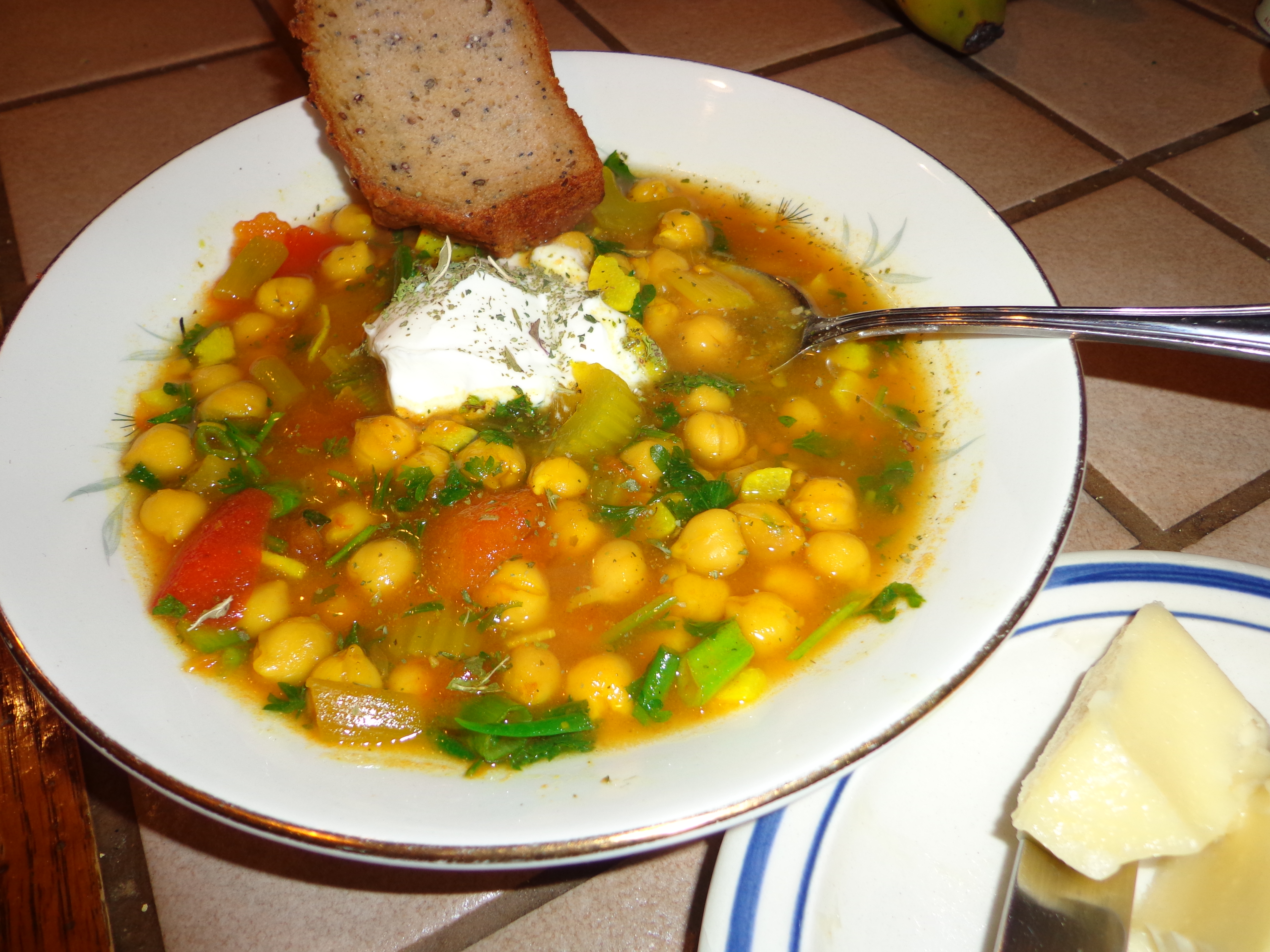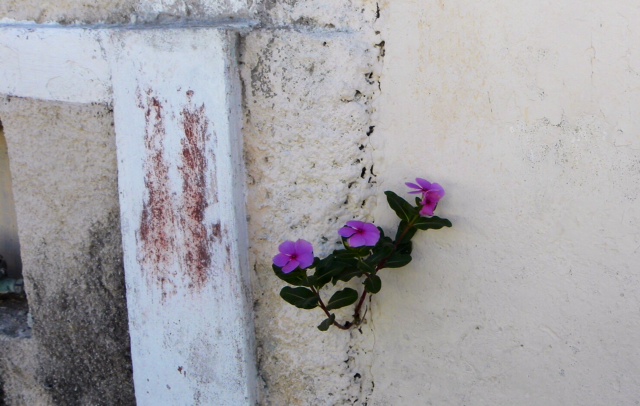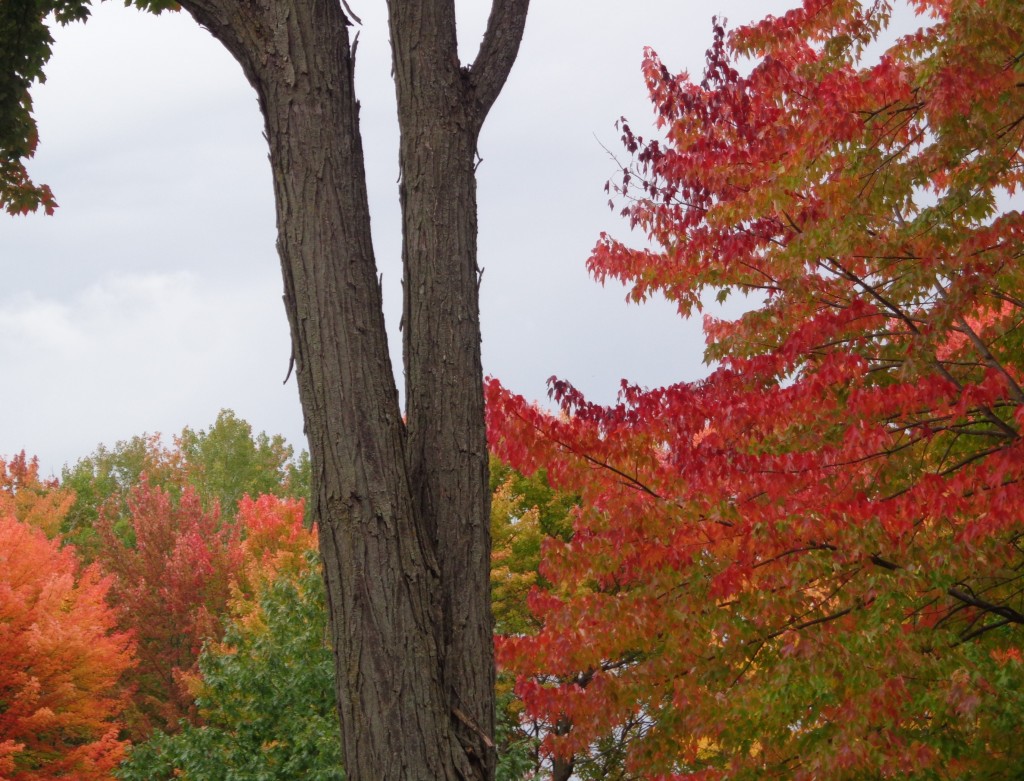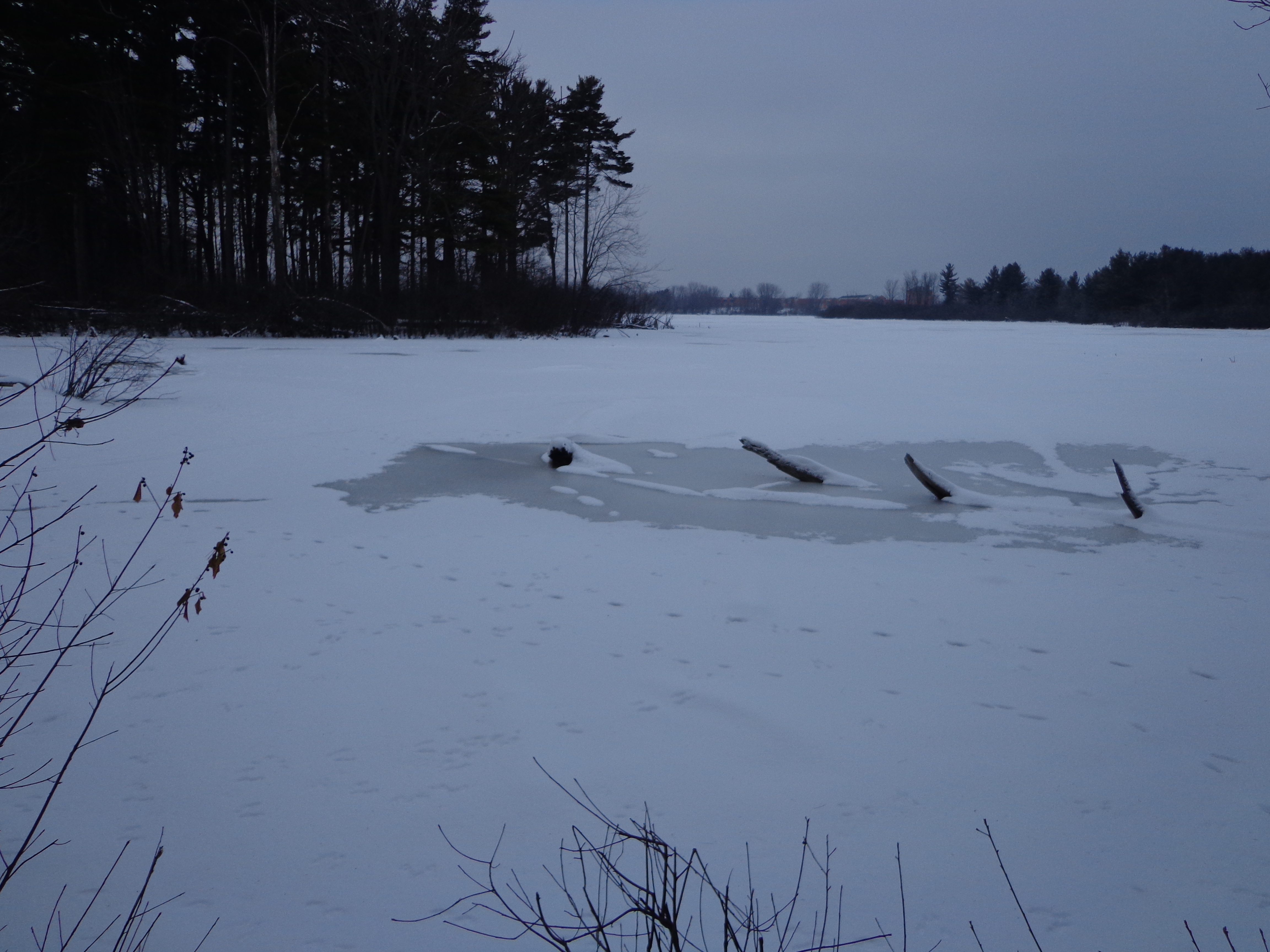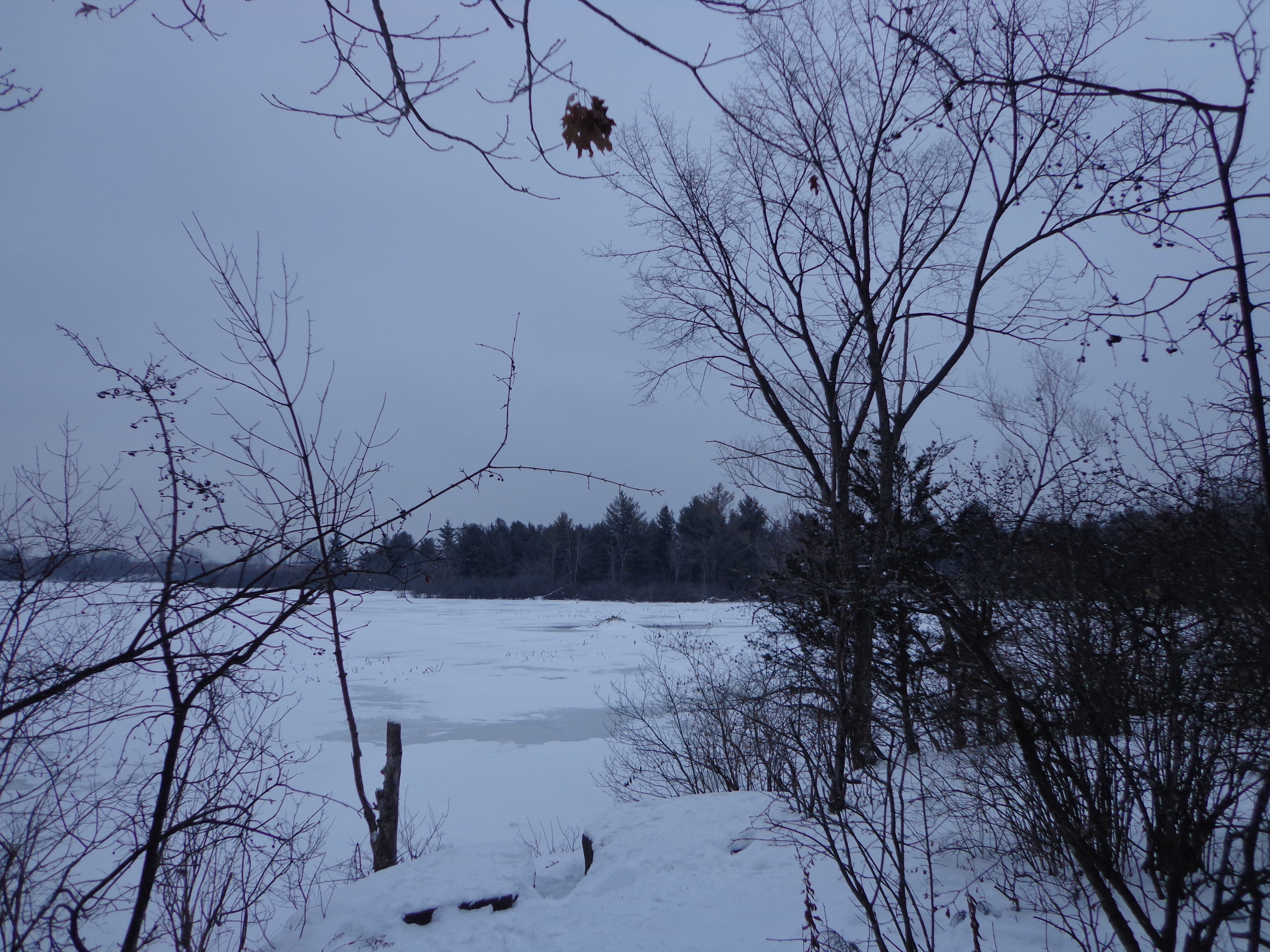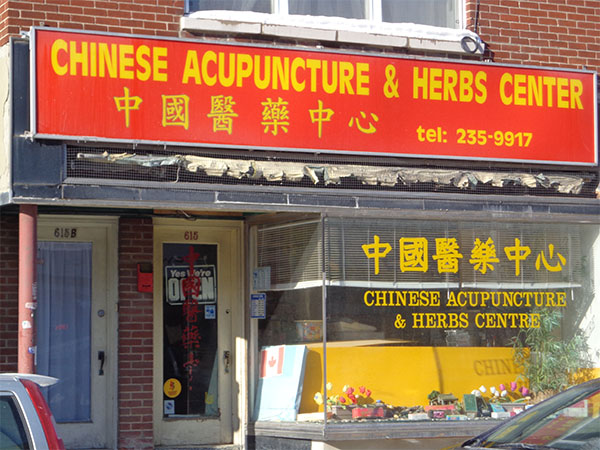
Chinese Acupuncture and Herbs Centre, 615 Somerset St., Ottawa
When Western medicine fails me, I turn to the East. More than a few times over the years, I have found myself at the Chinese pharmacy in Ottawa: Chinese Acupuncture and Herb Centre run by Dr. Chou who trained and studied in China. I have received excellent care there- creams and herbal medicines that worked. I lived in Chinatown when I was a student, and I first showed up on their doorstop because it was convenient and cheap.
I have a blood disease that Western medicine holds little hope of curing. I could “try” some heavy-duty and expensive pharmaceuticals; in fact I did fill the first of two prescriptions- a hefty antibiotic. I swallowed one pill and was so sick for 3 hours that I just decided I would not live in that state for 3 months…especially with no guarantee of effectiveness. (It was $160 for a three-week supply…hmmm… times 4 refills… and to be followed by another pharmaceutical.)
I did some research online and headed down to Chinatown armed with the names of a couple of herbs.
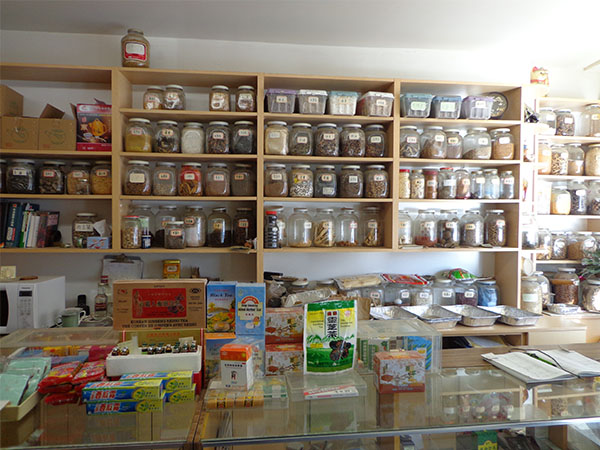
Inside the Chinese Acupuncture and Herbs Centre
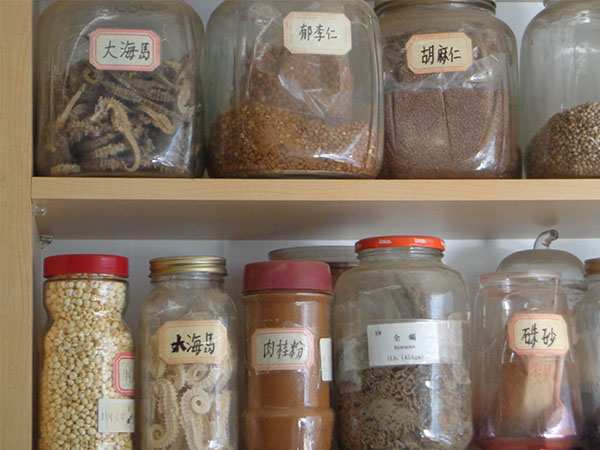
seed pods, leaves, dried seahorses…
The rows of huge jars fascinate me: seeds, dried seahorses (two kinds), leaves, pods and well, unrecognizable items…perhaps from the sea, perhaps from the earth. TCM uses about 1,000 different plant species and close to 40 animal species, including the tiger, rhinoceros, black bear, musk deer, and sea horse. Some of these animals are endangered and, of course, we are losing valuable plant species every day. See more . The seahorses are used for kidney/circulation ailments and impotence.
The doctor takes her time with each visitor, and her expert attention comes at no cost.
When my turn comes, my herbs are looked up in a fat book. “This one,” the doctor says, “This one kill germs from bug bite.”
“Yes,” I smile. “I want that.”
“And this one,” she points to the Chinese writing, “This one clean red blood.”
I feel warm all over, my gut telling me- yes, yes, yes! “I want that,” I nod, surprised at the tears in my eyes. I really want that!
I’m told one herb is on hand, but the other must be ordered. I expect to receive the one, but it is not offered. I don’t understand why until I return a week later to pick up the herbs. It turns out that I will make a tea of both herbs together. One is light-weight leaves and stems; the other is thick and round like slices of a small tree trunk.
My herbs are carefully weighed with hand-held scales. They are mixed together and packed into paper bags- each one is the correct amount for one brew of a tea that will last 2 days. The doctor asks about my ailment and teaches me how to concoct the teas- bring to boil in a glass dish with 4 cups of water, then simmer 45 minutes. Drink on a half-full stomach, as one herb is poisonous and could cause side effects (cramps, vomiting). The herbs may be brewed a second time with less water.
I conscientiously follow her instructions. I am not concerned about possible side effects- the lists of warnings that come from Shopper’s Drug Mart with my prescriptions scare me more! After all, these are plants, I can see that… and many pharmaceuticals are made from plants, poisonous and toxic ingredients included. I am willing to take my chances here.
My tea is actually delicious. It warms me in a lovely way…again, my gut, my instincts, just love it. I have experienced no side effects, and I have great hope. Dr. Chou has asked me to report back and I will – to her and to you – by updating this post in 6 weeks.
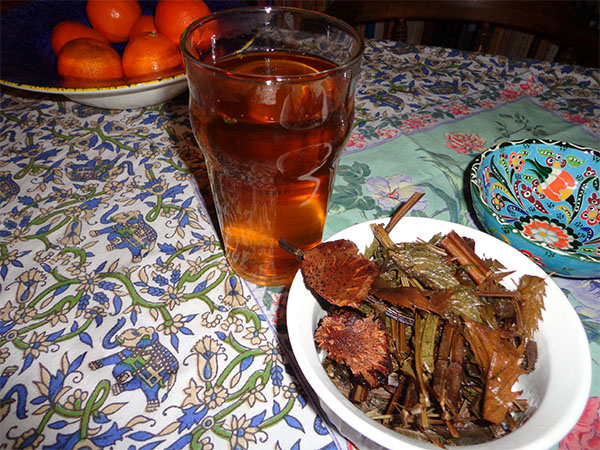
Freeze the herbs after the tea is brewed. You can use them a second time with less water.
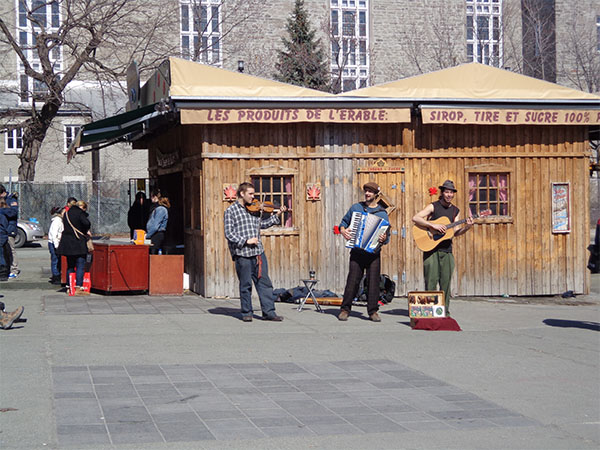

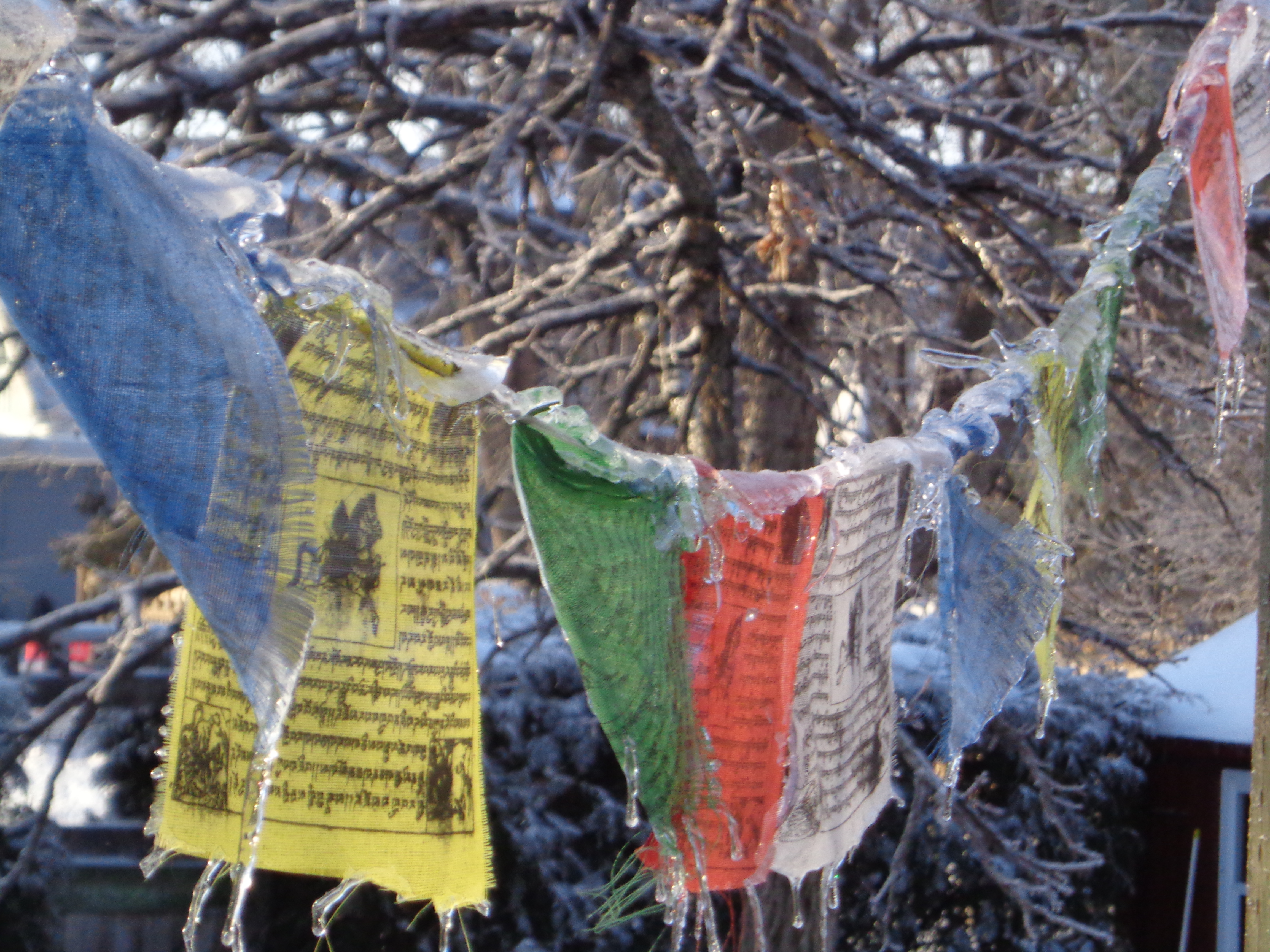

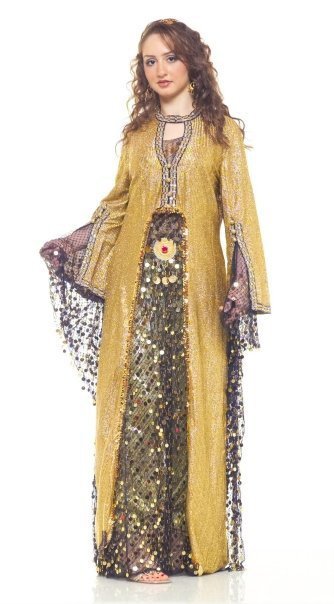




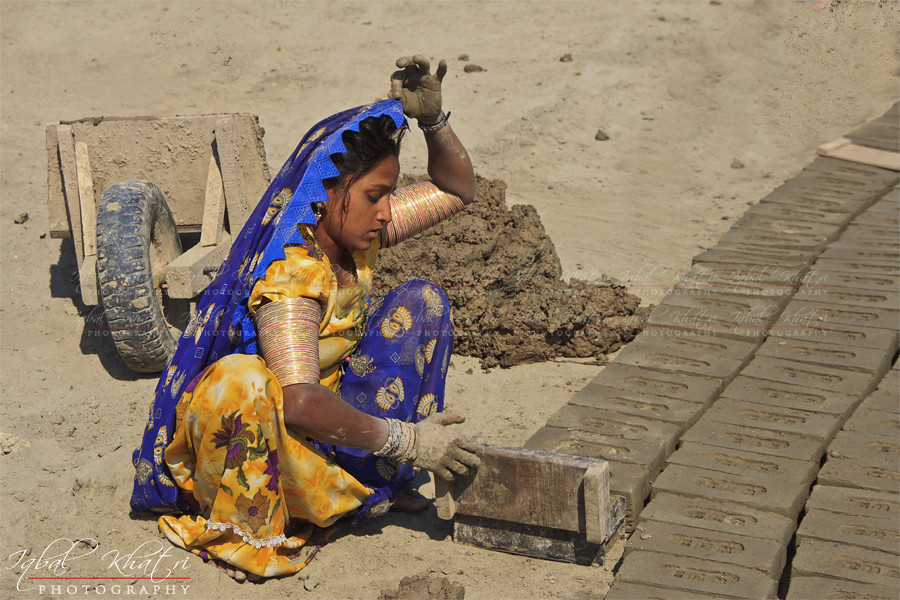
 Indian carpet factory
Indian carpet factory 
